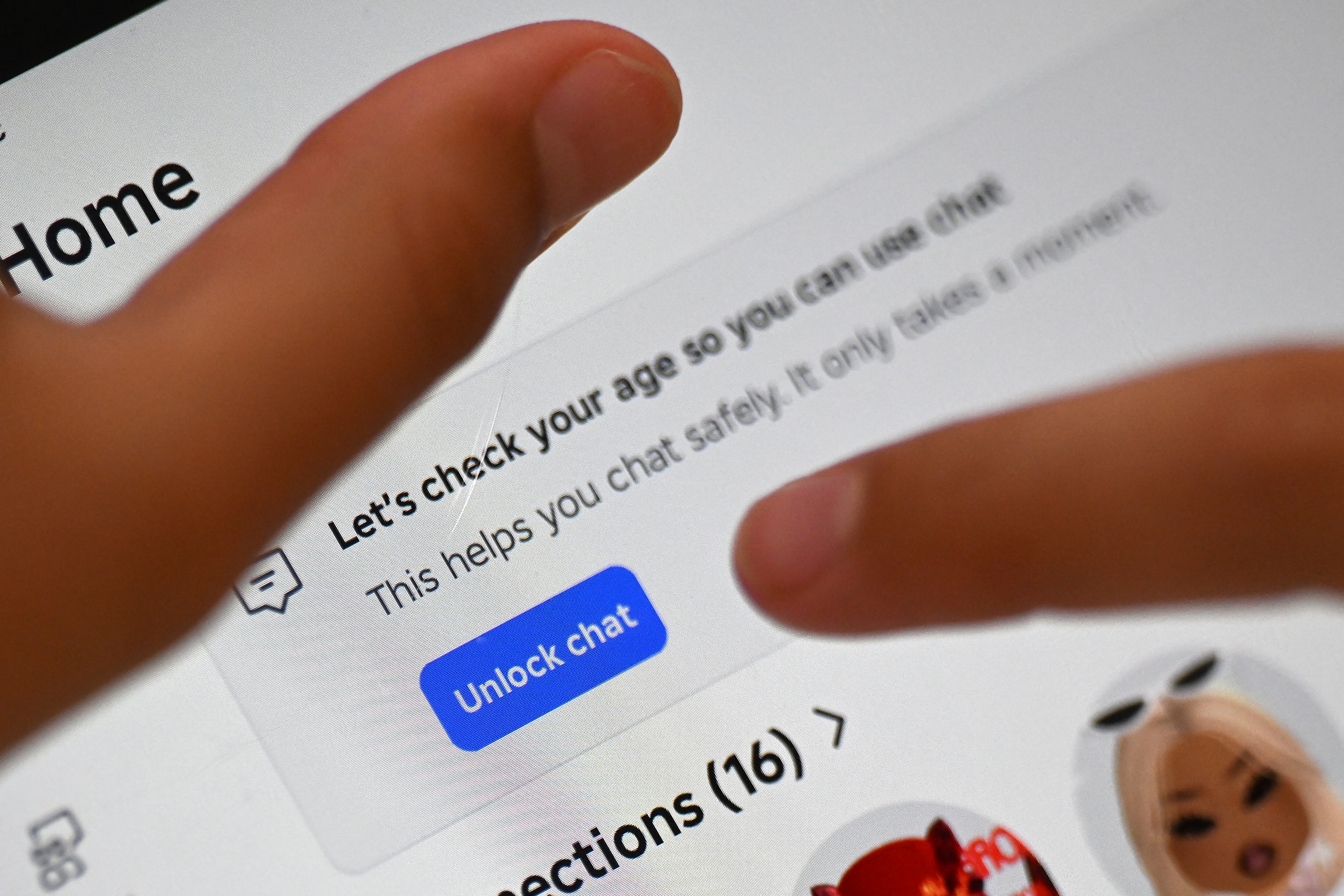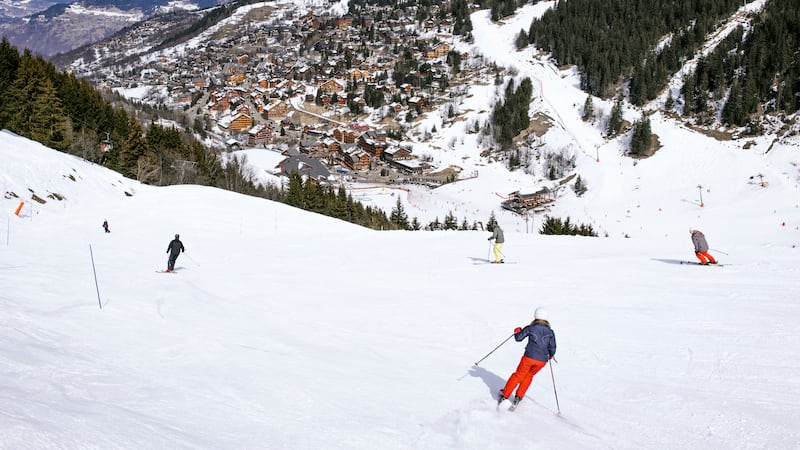For a sector not shy of hyperbole, the advertising industry’s reaction to this season’s Late Late Show with new host Patrick Kielty is low key; more a feeling of being quietly reassured than anything else.
Asked what its blue-chip advertiser clients think of the season kick-off, Keith Lacy, managing director of Dentsu gives a typical industry response: “Overall, I think the reaction has been very positive.”
Emer Lawn, managing director at Starcom, says the first week performed well “in terms of public sentiment”, and that “Kielty delivered an authentic opening start and a freshness with his style of presenting”.
That sort of positive reaction by the people who advise some of the State’s biggest advertisers where to spend their money will come as a relief to the cash-strapped broadcaster.
READ MORE
It’s been estimated that spot advertising on the Friday night chat show brings in €3.5 million-€4.7 million a year, not counting the Toy Show which is thought to add more than €1 million, plus the various sponsorship deals and revenue from competition phone-ins.
But advertising media planners, particularly as their clients begin to consider Christmas budgets, take a longer view than the first one or two shows in a 30-week run.
RTÉ, understandably given its bad-news summer, trumpeted the first week’s viewing figures. Kielty’s debut attracted an average viewership of 830,000, with a peak viewership of 934,000, before a little more than 100,000 of them, perhaps curiosity satisfied, switched off.
And that’s the thing – the first show that arrived trailing more than a whiff of controversy and helped by the RTÉ press department’s well-managed publicity blitz for its new host was always going to attract a massive audience.
[ Podcast: Hugh Linehan reviews Patrick Kielty’s Late Late debutOpens in new window ]
Curiosity is, after all, a massive driver of interest: the most-watched Late Late of 2020 was not presented by regular host Ryan Tubridy but by stand-in Miriam O’Callaghan and it drew 876,000 viewers. For context, for his last season as host Tubridy attracted an average viewership – excluding the Toy Show – of 450,000, with audience figures on some nights sliding as low as 340,000.
Those figures probably say as much about the steady fall in linear TV viewing as people of all ages switch to digital streaming platforms as it does about the pulling power of the broadcaster’s flagship offering. But that’s not to say that the Late Late producers are entirely powerless in the face of an exorable global TV consumption trend.
RTÉ must feel they chose the right man in Kielty for the annual cash-cow jamboree given his performance chops, his polished easy style and good humour
Even before the season began, Christina Duff, managing director of Core Investment, part of marketing group Core, commented that the guest list is “arguably, the most important factor for viewing figures”.
The predictable and dull line-up of the season opener has been the focus of much criticism and Lawn notes, far more gently than many critics have, that “the guest list could be improved”.
Another industry insider says that for advertisers to get really excited, the show will have to come up with some water cooler moments, some controversy that will get people talking. Another, acknowledging that the guest list can realistically never hope to mimic the star quality of Graham Norton’s weekly line up, says the producers should still try to deliver at least some A-list glamour, even if that means pre-recording.
“It will be the next few weeks where we will see whether initial attention and interest will hold,” says Lawn, “and therefore how actively brands will seek opportunities to reach audiences on the platform”.
And those few weeks will bring us closer to what has been for several years now the most-watched programme on Irish TV, the Late Late Toy Show.
It is, comments Lawn, “also one of those few remaining TV shows which the entire family sit down together and watch; and so the Toy Show is about more than the presenter”.
RTÉ must feel they chose the right man in Kielty for the annual cash-cow jamboree given his performance chops, his polished easy style and good humour. And if anyone has any doubts about his ease with child guests and the giddy sense of fun he can create out of very little, listen back to his Saturday morning show on BBC Radio 5 where two of the highlights this week were charming and funny phone-in quizzes with young children. He also has the energy – his two-hour Saturday show is broadcast live from Belfast and starts at 9am.
Advertisers have been given the rate card for the premium slots in this year’s Toy Show: the platinum package gives a 30-second slot in the first ad break for €86,000, a gold package that includes the first ad in the second break costs €65,000, and the premium package at €64,000 buys the first ad in the third break.
A one-for-everyone-in-the-audience giveaway costs €10,000, with the advertiser committed to providing 240 prizes with a value of €150 each – which should make for a very happy studio on the night.
Prices have not increased since 2021, but what has changed is the Toy Show viewership. While the average TV audience is 1.5 million – a phenomenal figure given the size of the population – it has started to slide. The average audience for 2022′s Toy Show was 1.6 million; in 2021 it was 1.727 million. Holding on to existing viewers – of the Toy show and all other Late Late shows – will be the mammoth task facing Kielty and his team.
















